The Battle of Britain was the first major all-aircraft campaign of World War II. It was marked with several episodes of intense aerial combats.
Swarms of Luftwaffe aircraft surged through the skies, bearing destruction on their wings. The British Royal Air Force (RAF) patrolled the airspace, determined to keep their homeland safe.
The Battle of Britain was not just another platform that put the spotlight upon men. There were women in the limelight, too, women of outstanding devotion and courage.
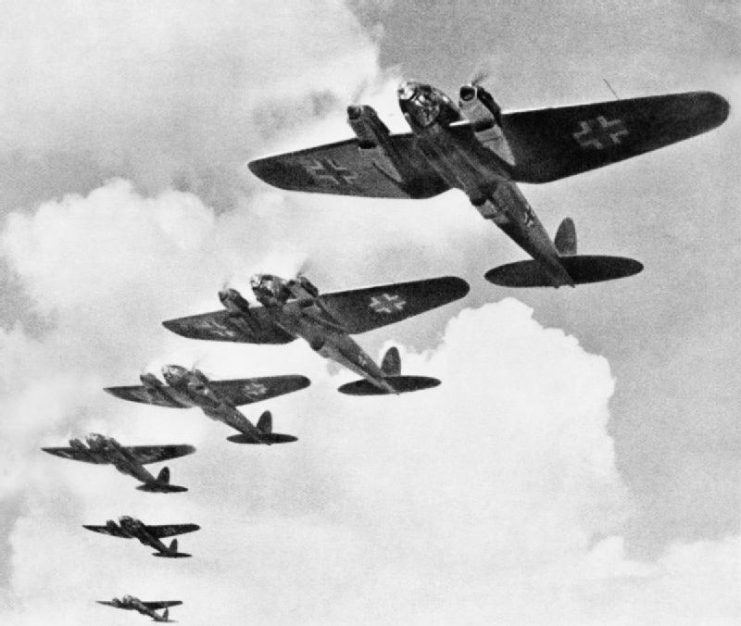
Sergeant Joan Mortimer, Sergeant Helen Turner, and Flight Officer Elspeth Henderson were members of the Women‘s Auxiliary Air Force (WAAF) stationed at the RAF Biggin Hill, Kent.
RAF Biggin Hill was at the center of the Battle of Britain and suffered some of the most brutal Luftwaffe strikes.
During the Battle of Britain, the WAAF was crucial as they maintained communication with the air commands, highlighting positions of enemy aircraft.
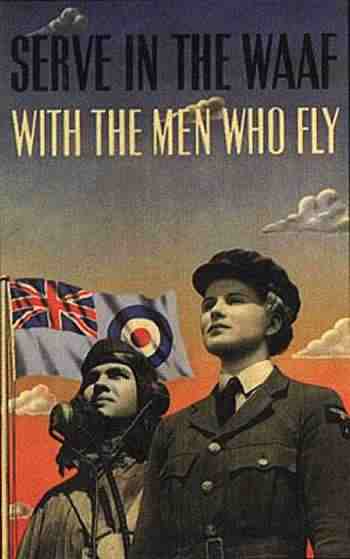
As sporadic, small-scale German attacks slowly intensified, Hitler’s air force continued to push their way into southern England. By the 30th of August 1940, South East London was under siege. With the Luftwaffe’s aim of crippling the British air force, RAF Biggin Hill became a primary target.
Sergeant Joan Mortimer, Flight Officer Elspeth Henderson, and Sergeant Helen Turner of the WAAF were discharging their duties as telephone operators when the alarms began to sound. The Luftwaffe had come upon them.
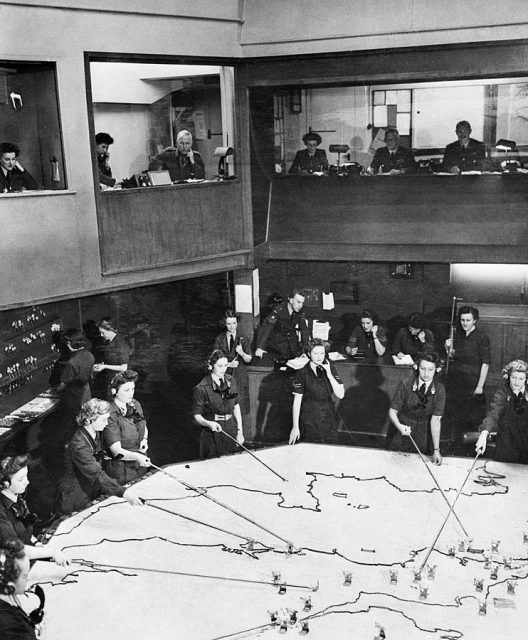
Members of the WAAF were ordered to the air raid shelters. RAF squadrons took to the air in readiness, as the attacks loomed even closer.
The Luftwaffe struck, dropping bombs and letting their guns roar. The RAF engaged, firing their weapons at the raiding enemy formations.
Planes dropped out of the sky as the two sides exchanged hostilities.
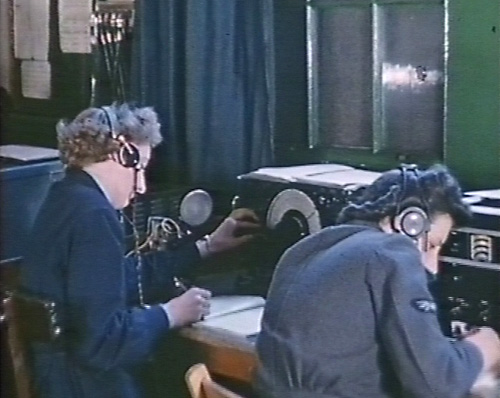
The enemies had retreated, leaving the aerodrome in a mess. Thirty-nine personnel at the airbase lost their lives in that attack, while a number of others sustained various degrees of injury.
Following the attack, every remaining member of the WAAF returned to duty.
https://youtu.be/dIVeiG8QXVo
Perhaps some of them believed it was over, but this was just the first raid. The second episode was to be more accurate and more deadly.
When the Luftwaffe struck the second time, RAF Biggin Hill was bound to be left in shambles. But even in the midst of the attack, the aerodrome did not cease its operations. Constant communication was maintained, and aircraft successfully took off and landed with proper guidance.
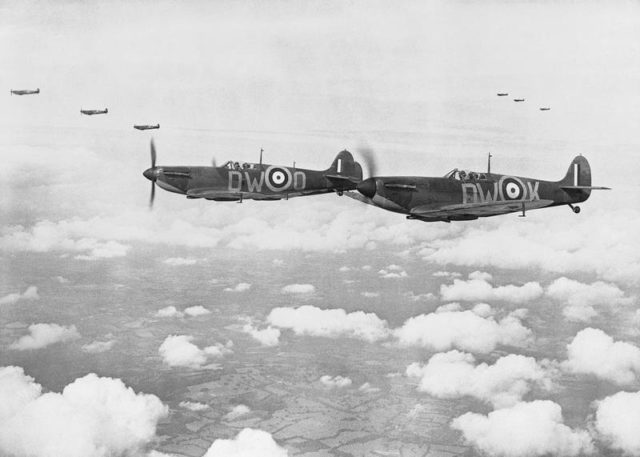
Flight Officer Elspeth Henderson was instrumental throughout the raids. During the first raid, when several members of the WAAF were buried underneath a collapsed trench, she led the efforts to dig them out.
When the second attack came, Henderson was in the operations room, communicating with Fighter Command Headquarters in Uxbridge. The operations room took a direct hit, falling apart as Ju 88 bombers struck. Orders came for the room to be evacuated immediately.
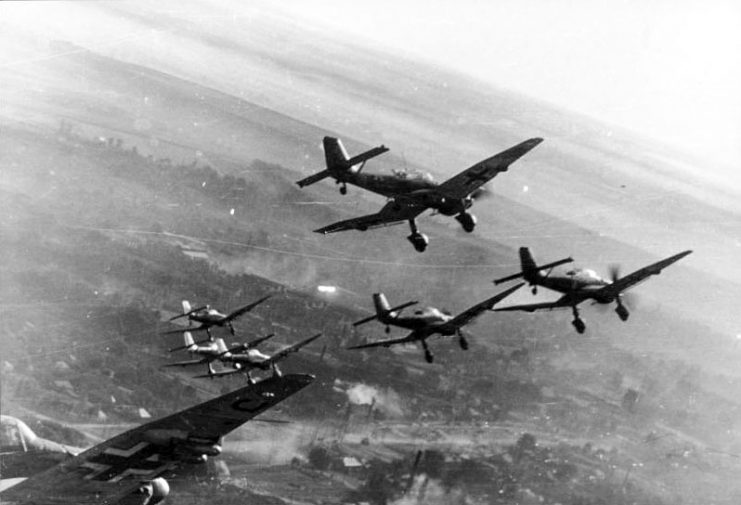
Everybody headed for safety, but Henderson stood her ground, unwilling to break contact with headquarters. She only made her way out of the room, through a crashed window, when there was nothing else she could do since the roof was melting and bombs were dropping everywhere around her.
Also in the same building during the air raid was Sergeant Helen Turner who was serving as a switchboard operator when the evacuations began. However, she maintained her position for as long as she could, only leaving when the building gave way to the fires.
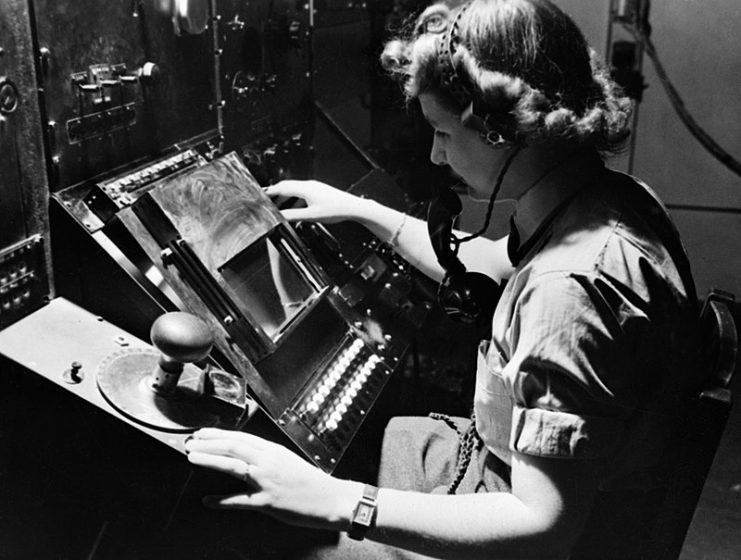
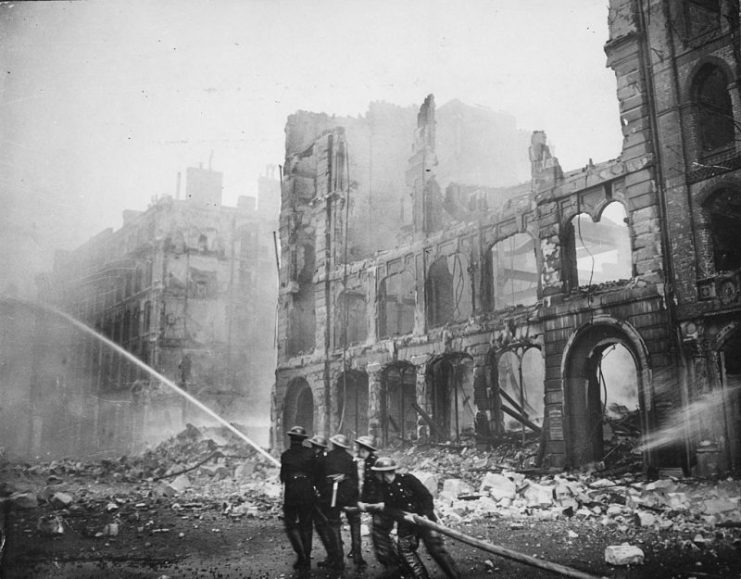
Sergeant Joan Mortimer was in the armory room when the chaos came. Given her location, she was surrounded by explosives as she operated a telephone switchboard. Yet she bravely continued working at her post, relaying messages to all the RAF defense positions in the airfields.
At one point, she went outside with bundles of red flags. She sought out and marked every unexploded bomb with a red flag. In such a threatening environment, she remained undaunted, even when one of the bombs exploded nearby.
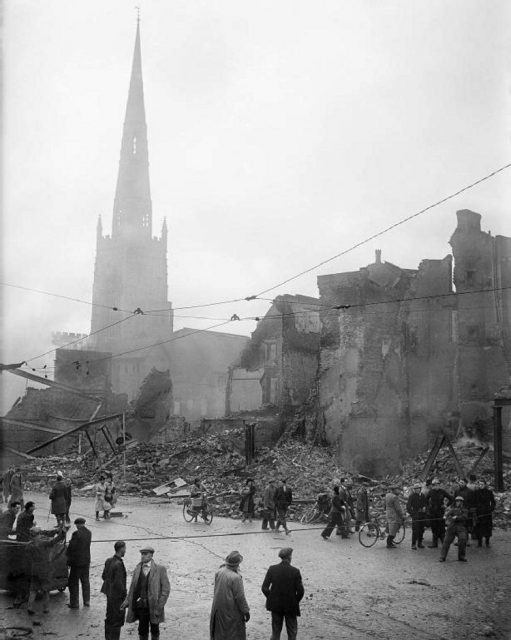
In November 1940, Mortimer, Turner, and Henderson were told that they were to receive the Military Medal which was considered a “man’s medal.”
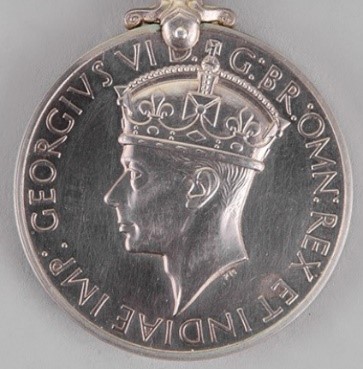
Throughout WWII, the WAAF received only six Military Medals, and three of them were earned by these brave women during the Battle of Britain. The decoration was awarded, according to the official citation, for “acts of gallantry and devotion to duty under fire.”
In 1974, in their honor, three roads at RAF Biggin Hill were named after Mortimer, Turner, and Henderson.
